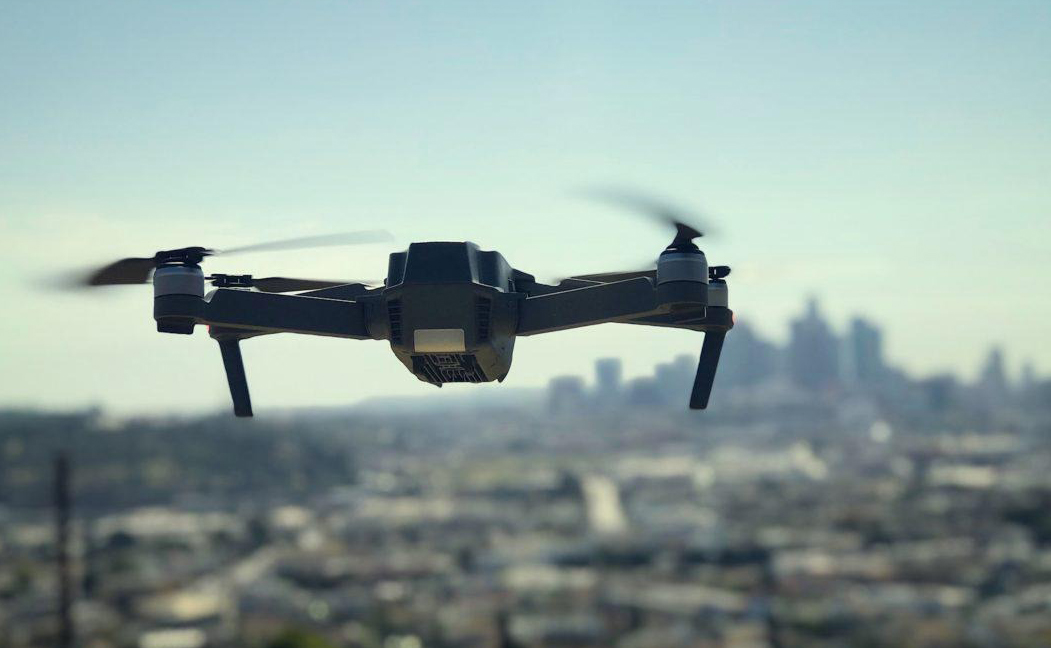Introduction:
The evolution of technology has reached new heights, quite literally, with the advent of drones. These unmanned aerial vehicles (UAVs) have revolutionized various industries, opening up a world of possibilities and transforming the way we perceive the skies. From recreational use to commercial applications, drone technology has proven to be an indispensable tool in fields such as photography, agriculture, delivery services, and even emergency response. In this blog, we will explore the incredible capabilities and potential of drone technology, as well as its impact on our society.
The Rise of Drones:
Drones, once primarily associated with military applications, have become more accessible and affordable for the average consumer. With advancements in design, flight control systems, and battery technology, drones have transitioned from being specialized tools to consumer-friendly devices. This accessibility has paved the way for new applications and industries to harness the power of aerial perspectives.
Applications Across Industries:
2.1 Photography and Videography: Drones have transformed the world of photography and videography by providing breathtaking aerial shots that were previously inaccessible. From capturing stunning landscapes to documenting events from unique angles, drones have enhanced the creative possibilities for photographers and filmmakers.
2.2 Agriculture: In the agricultural sector, drones are changing the way farmers monitor and manage their crops. Equipped with sensors and imaging technologies, drones can assess crop health, detect irrigation issues, and even spray pesticides or fertilizers precisely, optimizing yields and reducing environmental impact.
2.3 Delivery Services: Companies like Amazon and UPS are exploring the use of drones for package delivery. This technology promises faster and more efficient delivery, especially in remote areas or during emergencies. Drone delivery has the potential to revolutionize the logistics industry, overcoming challenges such as traffic congestion and last-mile delivery.
2.4 Infrastructure Inspection: Drones equipped with high-resolution cameras and sensors can inspect infrastructure such as bridges, power lines, and pipelines with greater efficiency and safety. They can detect structural weaknesses, monitor maintenance requirements, and reduce the need for human intervention in hazardous environments.
2.5 Emergency Response: Drones are invaluable tools in disaster management and emergency response scenarios. They can quickly survey affected areas, locate survivors, and assess damage, providing real-time data to aid rescue efforts. Furthermore, drones can transport medical supplies and equipment to remote or inaccessible locations, potentially saving lives.
Challenges and Considerations:
As with any technology, drone usage also comes with challenges that need to be addressed for widespread acceptance and safe operation. Some key considerations include:
3.1 Regulations and Privacy: Governments worldwide are developing regulations to ensure safe and responsible drone operations. These regulations aim to address issues such as airspace management, licensing requirements, and privacy concerns related to aerial surveillance.
3.2 Safety and Security: Measures need to be implemented to prevent accidents, ensure secure communication, and protect against unauthorized use of drones. Technologies like geofencing and anti-collision systems are being developed to enhance safety in both urban and rural environments.
3.3 Public Perception: The proliferation of drones has raised concerns regarding noise pollution, privacy invasion, and potential misuse. Educating the public about responsible drone usage and dispelling misconceptions can help foster acceptance and understanding.
Conclusion:
Drone technology has truly taken flight, promising tremendous potential across various industries and societal applications. With ongoing advancements in flight capabilities, sensor technology, and artificial intelligence, drones are becoming smarter, safer, and more efficient. As we navigate the evolving landscape of drone technology, it is crucial to strike a balance between innovation and responsible usage, ensuring that these aerial marvels continue to soar and benefit humanity.
Whether it’s capturing breathtaking footage, enhancing agricultural productivity, or saving lives in emergency situations, drones have proved their worth as indispensable tools of the modern era. As we look ahead, it’s clear that the sky is not the limit for drone technology – it’s just the beginning of a remarkable journey toward a more connected and efficient future

